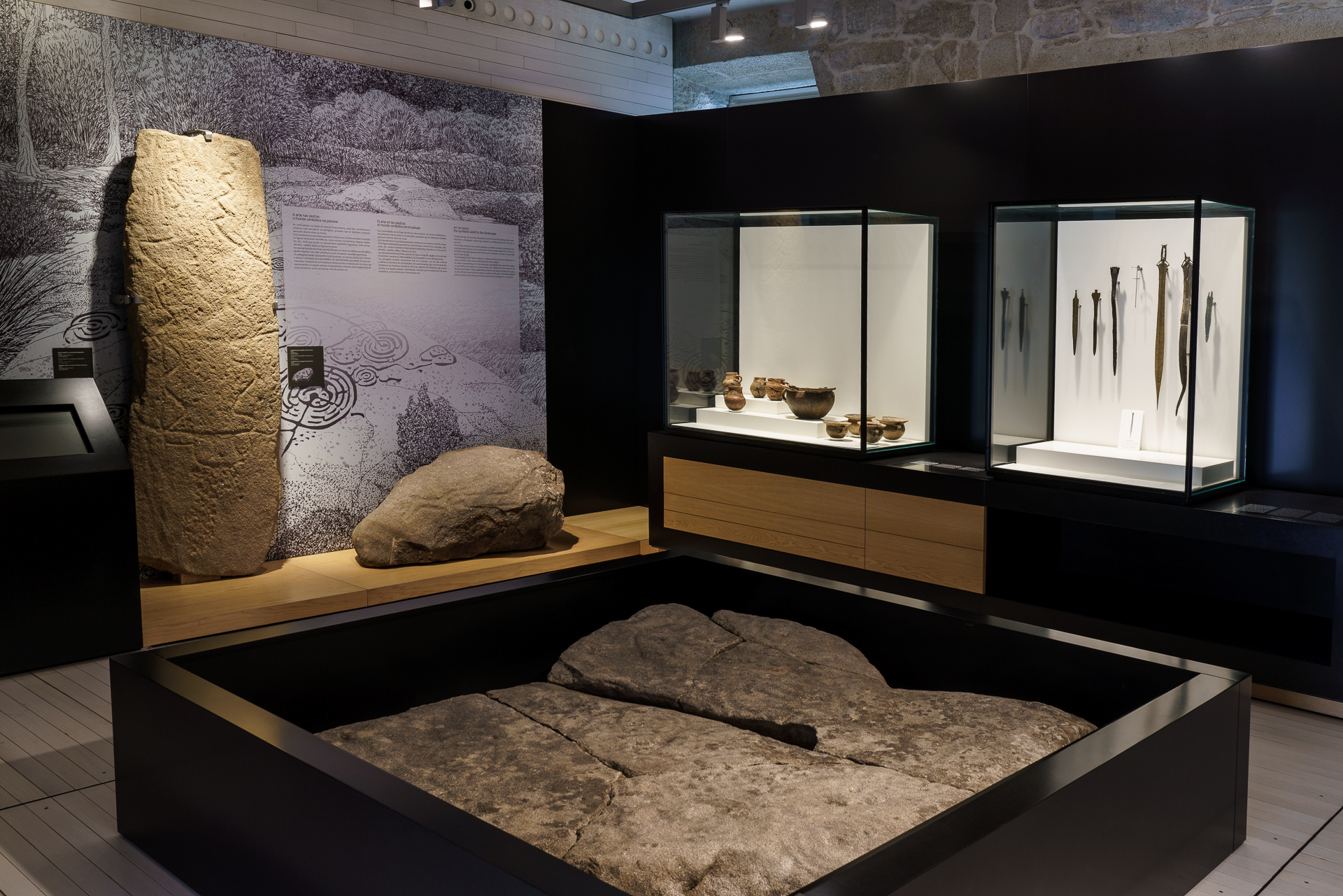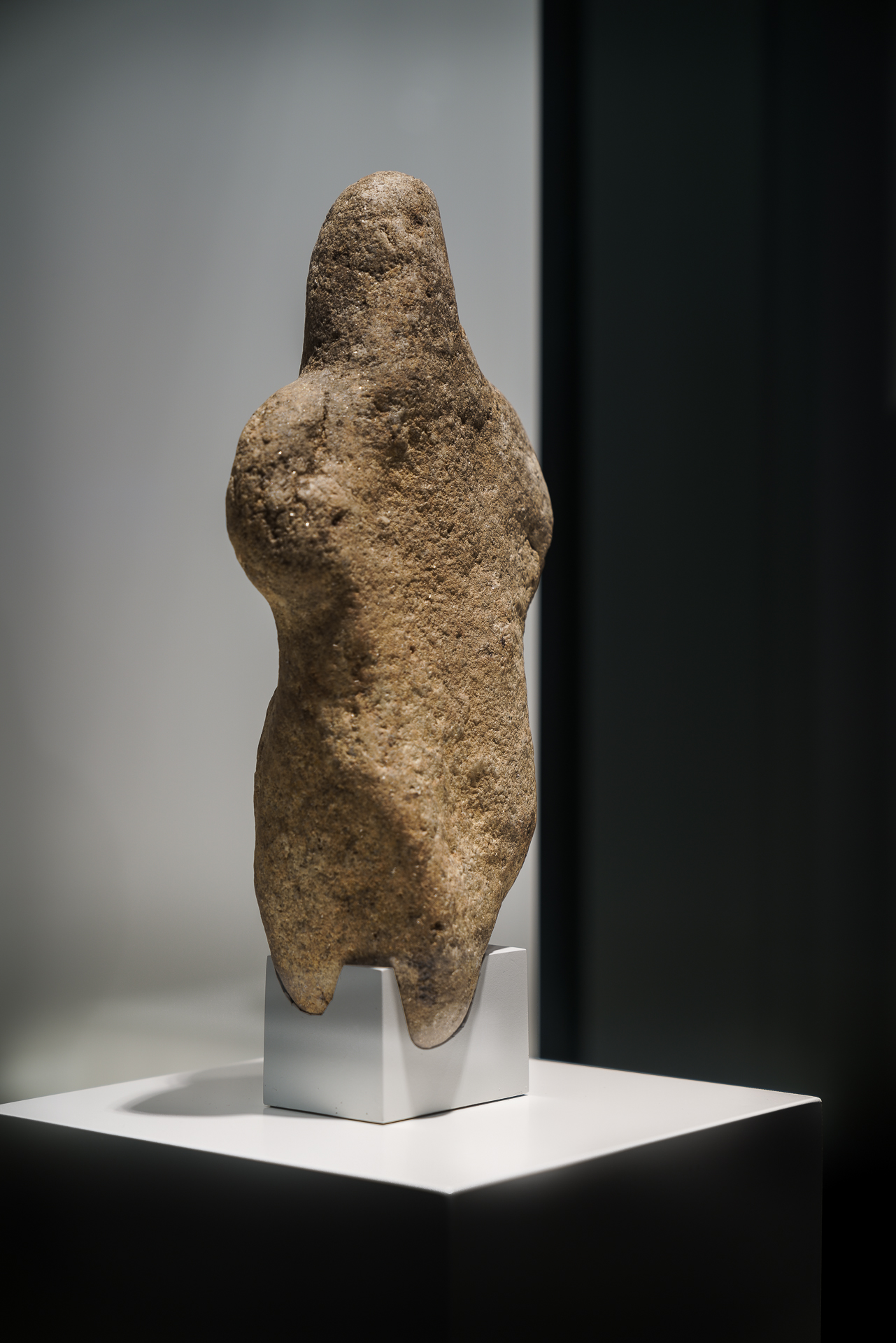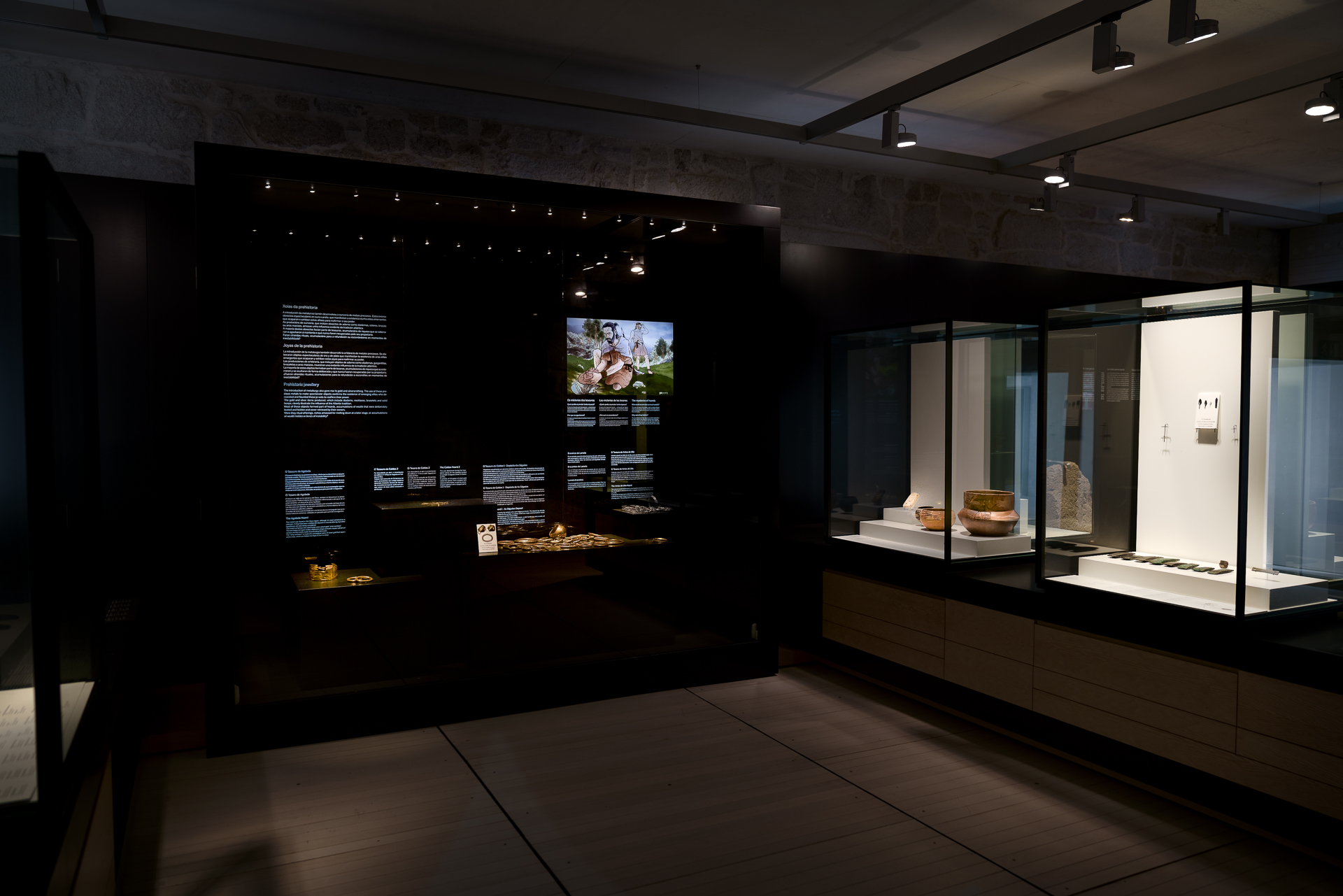Chronologie des représentations rupestres: Late Prehistory (Chalcolithic and Bronze Age periods)
Description générale de la destination: The museum currently has an impressive collection of Archaeology, Numismatics, Ethnography and Plastic Arts distributed in six locations and develops a wide plan of annual activities (exhibitions, publications, conferences, seminars, congresses, concerts, guided tours, educational workshops, competitions, etc.), being also a recognized research center of reference in Galicia. Besides, the Museum host an extraordinary archaeological collection that allow to properly contextualize the material culture and the ways of life of the different social formations that created the petroglyphs in the past between Neolithic and Bronze Age. It is important to remark that the Museum has a long tradition in the inventory and cataloguing of petroglyphs and an outstanding collection of original materials and products derived from its research which can be consulted and viewed here, such as: 1. An important graphic and documentary archive made up of photographs, drawings, notes and sketches made by different researchers from the end of the 19th century to the present day. 2. Replicas and plaster casts of the researcher Ramón Sobrino Buhigas made as a result of his research for the publication of the Corpus Petroglyphorum Gallaeciae (1935). 3. Original samples of rock art, both petroglyphs and stelae and even megalithic art, including geometric and figurative designs.
Histoire du site: Created in 1927, the Pontevedra Museum is a public non-profit institution at the service of society and its development. Its main mission is to create, preserve, research, disseminate and exhibit an extensive and heterogeneous permanent collection that includes works from prehistory to contemporary art. As a provincial museum, it´s the depository of the archaeological funds of the Pontevedra territory, essential to understand the history of Galicia. The collection is distributed in six different buildings, located in the historic area of Pontevedra. Some of them have great historical and heritage value, such as the ruins of the Santo Domingo convet, headquarters of the Pontevedra Archaeological Society, predecessor of the Museum in the 19th century. The Sixth Building is a sample of contemporary architecture: rooms dedicated to permanent and temporary exhibitions, restoration workshops, auditorium, cafeteria … A seventh building is planned outside the historical area for the comprehensive management of its archaeological collection.
Description des ressources du musée: Currently the Museum of Pontevedra is renoving a good part of its museografic resources, especially in its Archaeological collection, Nevertheless, the Museum offer an excellent collection of Prehistory and rock art in the Sarmiento building, built between 1685 and 1714. A lot of activities around the archaeological collections of Prehistory and Antiquity are developed regurlaly.















